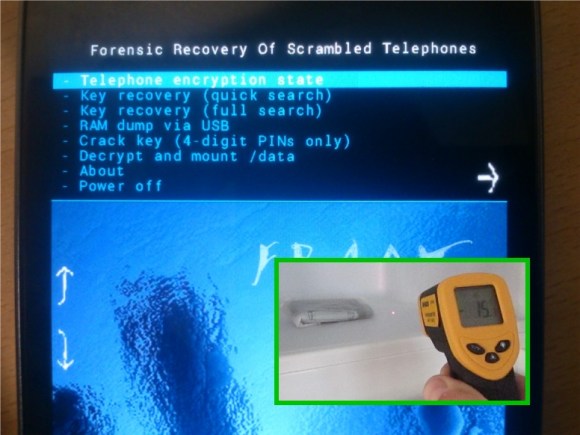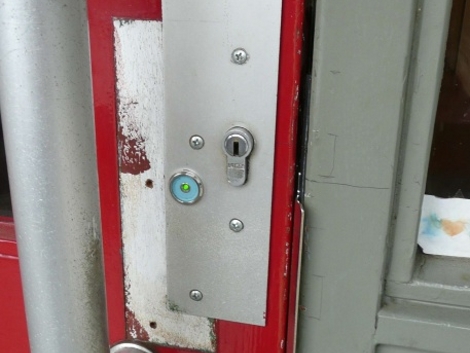
[Hahabird] uses this screwdriver to start his car. Despite what it may look like, only this particular screwdriver will start the ignition because it still uses the key lock. What he’s done is alter the screwdriver to act as an extension for the key. It’s purely aesthetic, but you have to admit it looks pretty gnarly hanging off of the steering column.
The hack merely involved cutting off the unneeded parts of the key and screwdriver. With the shaft of the tool cut down to size he clamped it in a vice and cut a slot into it using a hack saw. From there he headed over to the grinding wheel and smoothed out the sharp edges.
The key itself had the handle portion cut off and was thinned on the grinding wheel to fit snugly in the screwdriver slot. To permanently mate the two pieces he used a torch and some silver solder.
[via Reddit]
















